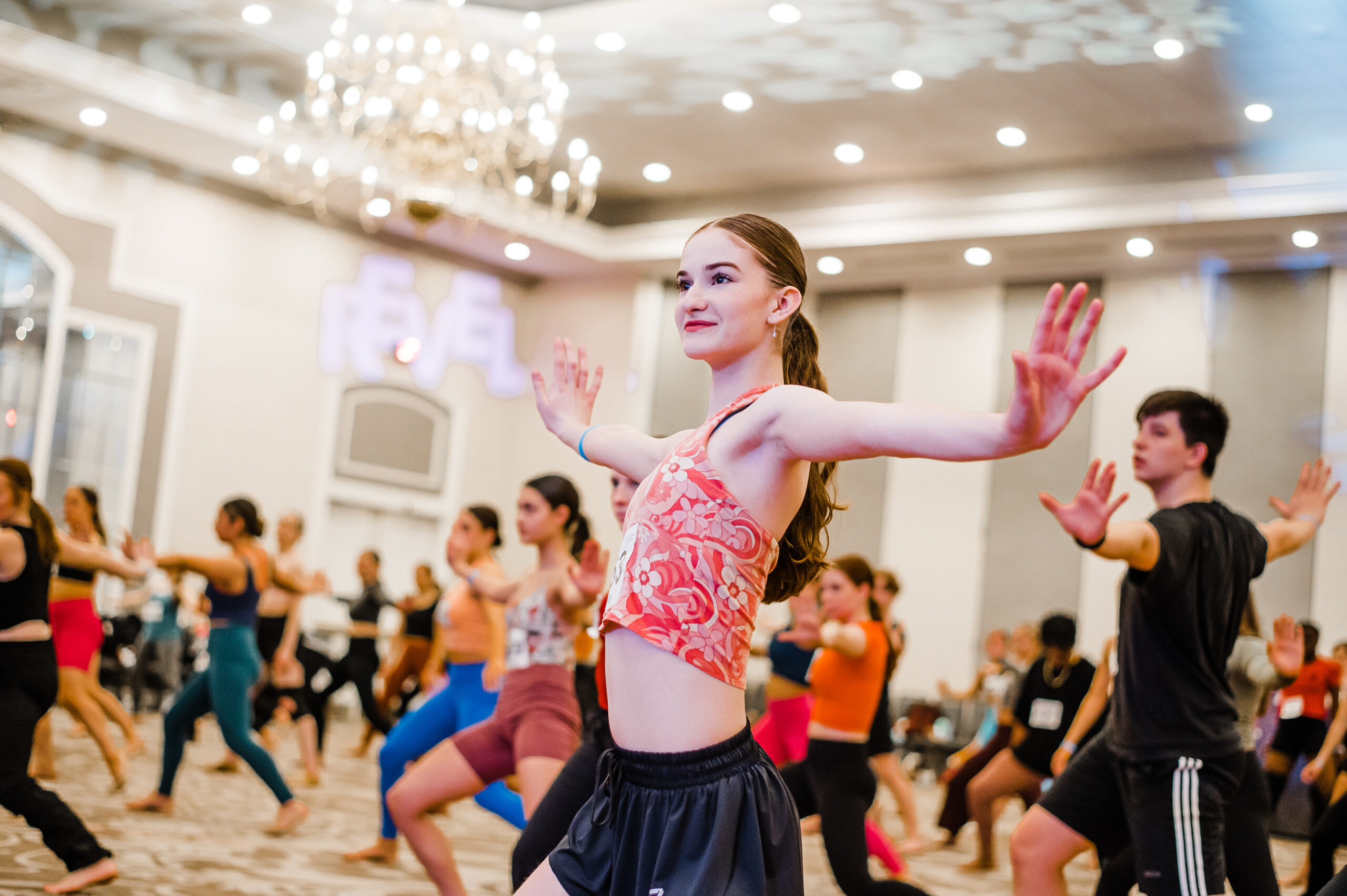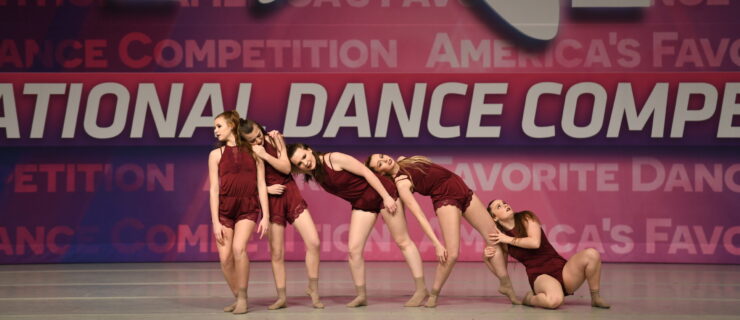How to Avoid Common Convention-Week Injuries

Chilly ballrooms, hard floors, dozens of dancers going full-out all at once: The average convention room may be buzzing with excitement and creativity, but it can be a challenging dance environment. Dr. Alexis Sams, PT, NKT, and founder of AZ Dance Medicine Specialists in Phoenix, Arizona, says she often sees convention dancers with “back pain and tight and tender ligaments, especially in the hip, knees, and ankles,” the result of pushing themselves hard and dancing in less-than-perfect circumstances.
How can students leave it all on the floor without hurting themselves? Ensuring that both teachers and dancers approach these rigorous weekends with safety in mind can go a long way toward preventing frequent convention injuries.
For Teachers
Safety First
Convention teacher and choreographer Chip Abbott says that teachers should prioritize safety when creating choreography, and encourage students to protect their bodies. “I try to limit certain jumps in my combos, knowing the hard floor they’ll be dancing on,” he says.
Abbott breaks his classes into groups as soon as possible. Not only does this give dancers a much-needed breather during a long day of dance, but it also allows them adequate space to try steps full-out. For his theater combos, Abbott communicates that heels are optional and recommends that dancers learn the combo in flats, and then decide if they want the added challenge of putting heels on. “Dancers’ safety and wellness will always take precedence over how my choreography is going to look,” he says.
Practice With a Purpose
Kimberly Field, owner and director of Valley Dance Theatre in Staunton, Virginia, trains her dancers for the demands of the weekend ahead of time. “If my students are also competing, we practice repetition of their numbers to build endurance and ensure that they can perform safely, even when they’re tired,” she explains. Field also focuses on technique as a good tool for preventing injury. “Things like engaging their core and rolling through their feet will help protect their joints,” she says.

For Dancers
Prepare Well, Modify Wisely
Preventing convention injuries starts long before the first class of the weekend. “My hope is that dancers are already getting proper rest and hydration, doing some conditioning, and attending all of their classes leading up to the convention,” says Sams. “The more you can keep consistent about your training and health before, during, and after the weekend, the less your body will be rattled by dancing in a new environment and on a different schedule.”
Even with all the right preparation, it’s easy to get caught up in the hype of the weekend and push yourself too far, opening the door to potential injuries. “The desire to be noticed is wonderful but should never be at the sacrifice of your health,” Sams says.
Field recommends dancers either modify, slow down, or skip steps that they don’t feel confident executing on the floor, while also making a mental note to ask their teachers to work on those things once they’re back home. “One instructor can’t possibly cater to hundreds of dancers with different ability levels,” says Sams. “But I’ve personally heard from convention teachers that being confident in what you can do and modifying what you can’t makes you stand out as a smart, conscious dancer.”
Speak Up if Something’s Wrong
While some general aches or pains are to be expected, if they last longer than 48 hours after the convention weekend without improving, Sams recommends notifying a parent or teacher. “The quicker you let somebody know that you feel a little off, the quicker it can be taken care of before it becomes a significant problem that may require more treatment,” she explains. Prioritizing recovery from the last convention is the first step in preparing for the next one.




